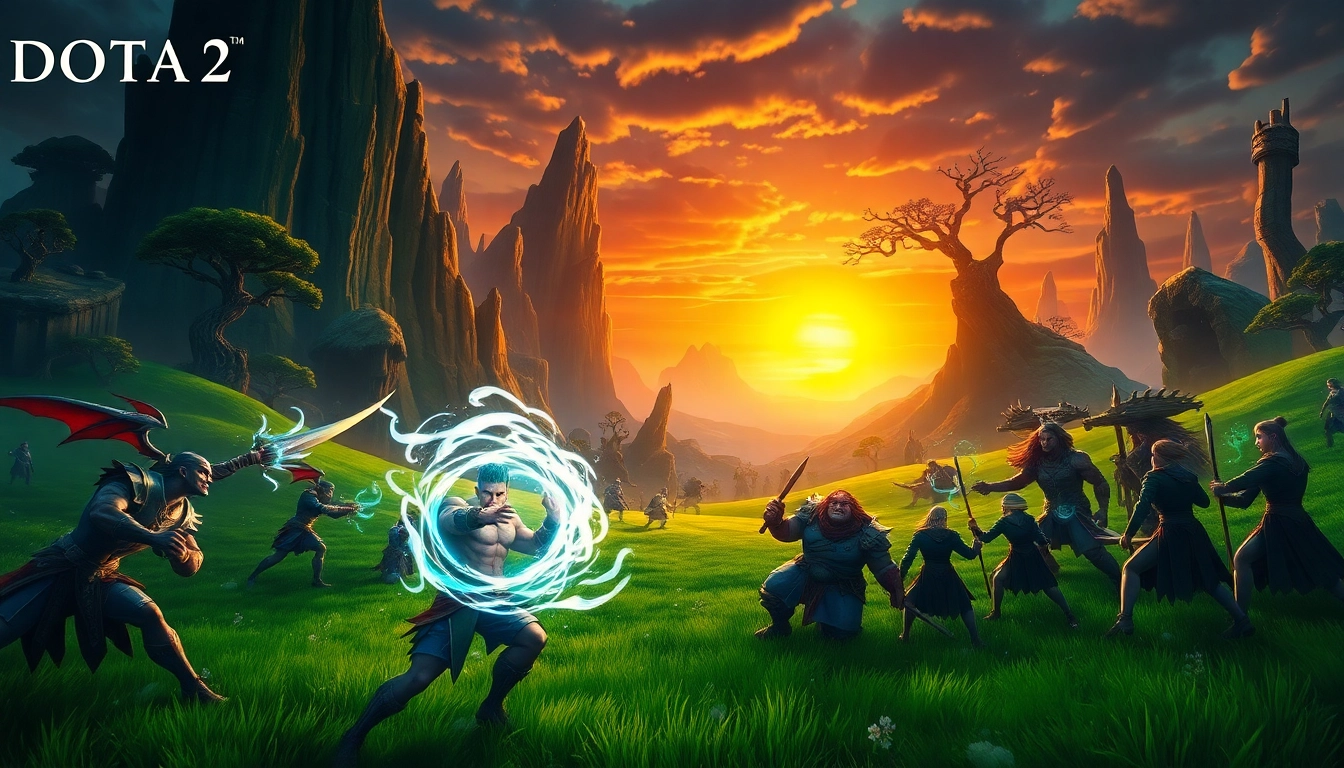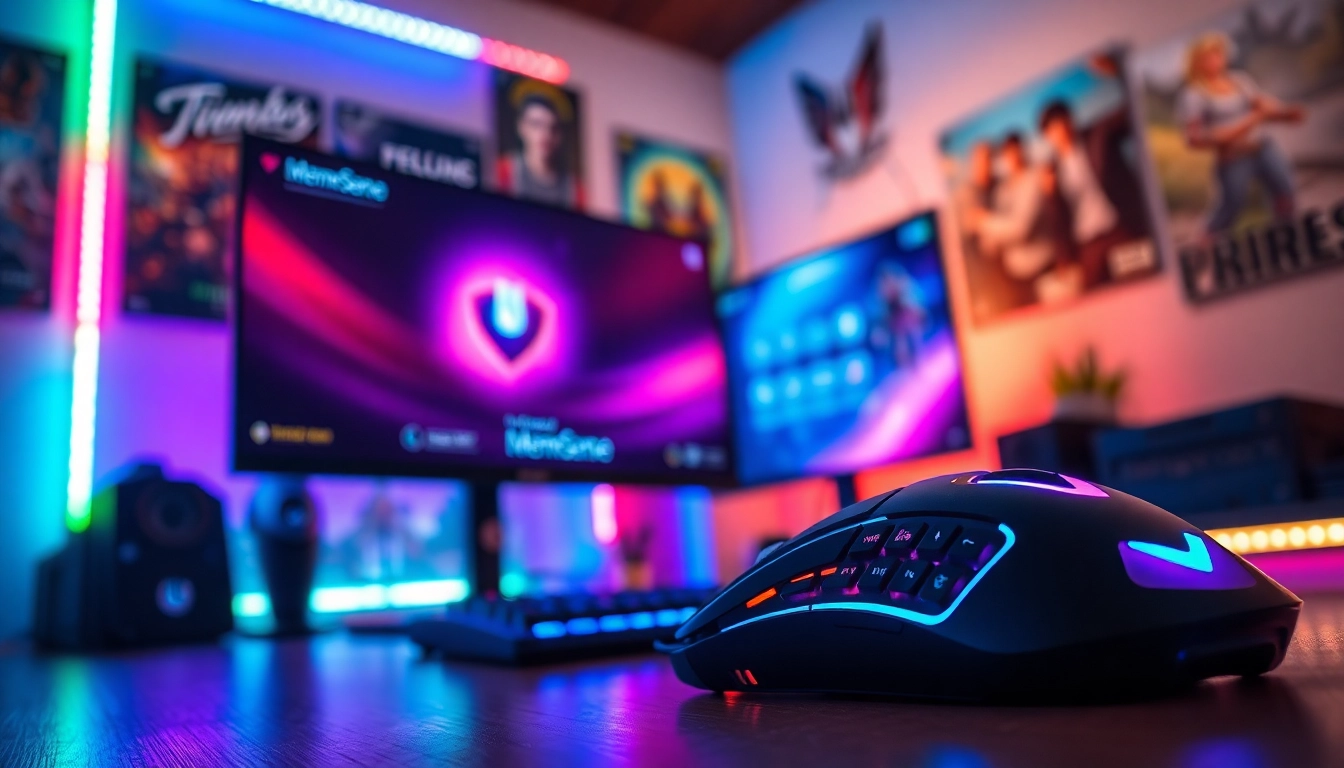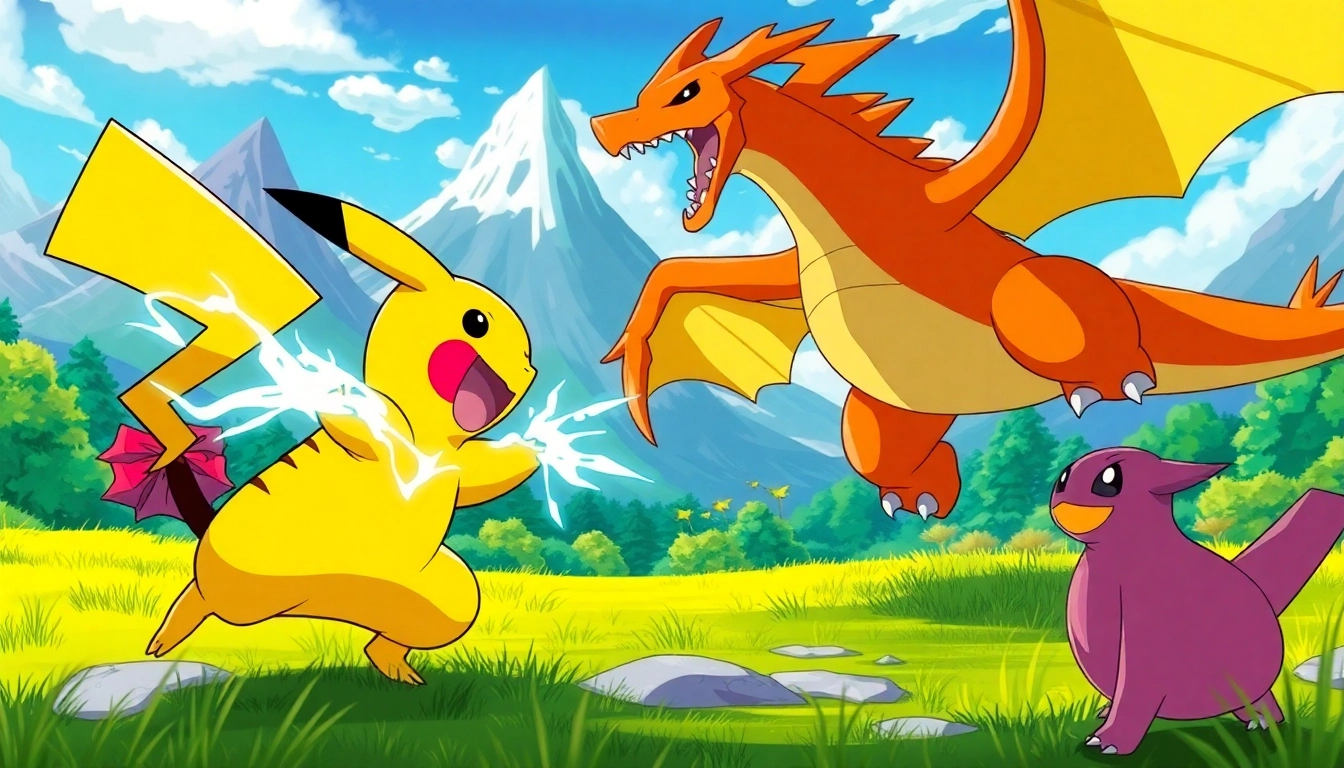1. Introduction to Dota 2 Gameplay
Dota 2 is a complex and thrilling multiplayer online battle arena (MOBA) game that has captivated millions of players worldwide. As a sequel to the original Defense of the Ancients mod for Warcraft III, Dota 2 has evolved into a standalone title that maintains the essence of team-based strategy and intense decision-making. With its blend of strategic depth, competitive environment, and continuous updates from developers, Dota 2 offers players an unparalleled gaming experience. Understanding Dota 2 gameplay requires a grasp of its mechanics, hero choices, and map objectives, which we’ll dissect in this comprehensive guide.
1.1 Overview of Dota 2 Mechanics
The core mechanics of Dota 2 revolve around two teams of five players who work together to destroy the opposing team’s Ancient, located within their base. Each player selects a hero, each with unique abilities and roles. Navigating the game involves understanding key elements like last-hitting creeps for gold, managing resources, and utilizing abilities effectively. Matches can last anywhere from 20 minutes to over an hour, emphasizing the importance of strategy and decision-making throughout the gameplay.
1.2 Understanding Heroes and Roles
In Dota 2, heroes are categorized into several distinct roles: carries, supports, initiators, and others, each serving unique functions within the team dynamics. Carries are typically weak early in the game but grow powerful through farm and levels, making them vital in the late game. Supports play a critical role by providing assistance to their carries, controlling the map, and securing vision. Properly understanding these roles and matching heroes based on synergy can significantly impact the outcome of a match.
1.3 Learning the Map and Objectives
The Dota 2 map consists of three lanes (top, middle, and bottom), jungle areas, and the Dire and Radiant bases. Each lane is characterized by various creeps, structures, and potential ambush points that players must navigate strategically. Objectives in the game include destroying towers, securing Roshan for the Aegis of Immortality, and controlling the map vision via wards. A comprehensive grasp of the map is essential for establishing dominance over the opposing team and achieving victory.
2. Essential Strategies for Winning Dota 2 Matches
While the foundation of winning matches lies in understanding mechanics, heroes, and the map, successful Dota 2 players must also employ effective strategies that integrate team composition, itemization, and communication.
2.1 Team Composition and Synergy
Creating an effective team composition starts with selecting heroes that complement one another. Synergy in hero choices can create powerful combinations that overwhelm opponents. For example, a team might benefit from having a tanky initiator like Axe, followed by high-damage dealers like Sniper and a versatile support like Lion. Players should not only consider individual hero strengths but also how they can work together to create engaging gameplay scenarios.
2.2 Item Builds and Game Economy
Understanding itemization is crucial for maximizing a hero’s potential. Each hero benefits from specific items that enhance their abilities and survivability. For instance, carries often focus on damage items like Maelstrom or Black King Bar, while supports might prioritize items like Glimmer Cape or Aether Lens for utility. In conjunction with item selection, managing gold income through efficient farming and timely purchases can tilt the balance in a team’s favor.
2.3 Effective Communication and Coordination
Success in Dota 2 heavily relies on team coordination and communication. Utilizing voice or text chat to relay information about enemy movements, cooldowns, and strategy adjustments can foster teamwork. Understanding when to engage in fights or retreat can mean the difference between victory and defeat. Teams that practice good communication build stronger rapport that can significantly enhance in-game performance.
3. Advanced Techniques for Competitive Dota 2
For those looking to take their Dota 2 skills to the next level, mastering advanced techniques can provide a competitive edge in matches.
3.1 Farming Efficiency and Lane Control
Farming efficiently is a skill that distinguishes good players from great ones. Understanding creep equilibrium, contested lanes, and denying enemy creeps are integral parts of effective farming. Players should employ strategies like pulling creeps or stacking camps to maximize gold gain while mitigating the risk of enemy harassment. Adapting these techniques to different heroes and scenarios can lead to superior lane control and resource management.
3.2 Map Awareness and Vision Control
Map awareness is critical for survival and strategic play. Players need to consistently check the minimap to track enemy movements and maintain situational awareness. Additionally, securing vision through wards can reveal crucial information about enemy positioning, which can facilitate better callouts for team objectives and ganks. Vision control is a fundamental aspect of maintaining the upper hand in critical moments during matches.
3.3 Counter Strategies Against Common Picks
Each match presents opportunities to counter popular hero picks effectively. Understanding the strengths and weaknesses of frequently chosen heroes allows players to devise strategies that exploit vulnerabilities. For instance, if facing a hero known for burst damage, teams can prioritize items like Force Staff or Ghost Scepter to mitigate damage and ensure survival. Learning to adapt play styles and individual hero choices to counter enemies can yield significant advantages.
4. Analyzing Dota 2 Gameplay and Performance Metrics
In a game as nuanced as Dota 2, self-analysis and understanding performance metrics can provide insights that facilitate improvement.
4.1 Using Replays for Skill Improvement
Reviewing replays is an invaluable tool for assessing performance. Players can identify mistakes, missed opportunities, and areas of strength by analyzing past games. Studying replays helps players understand decision-making processes and refine their strategies moving forward. Many professional players incorporate replay analysis into their routines, finding patterns or habitual errors to address in future games.
4.2 Understanding Matchmaking and Ranking Systems
Dota 2’s matchmaking and ranking systems aim to create balanced games by pairing players of similar skill levels. Players should familiarize themselves with the ranking tiers and how performance impacts matchmaking ratings. Recognizing the importance of consistent play and understanding rank decay can inspire players to maintain their skill level and work towards climbing the ranks effectively.
4.3 Evaluating Performance Metrics and Stats
Performance metrics, such as KDA (Kills, Deaths, Assists), GPM (Gold Per Minute), and XPM (Experience Per Minute), provide clear indicators of player efficacy. Evaluating these metrics can help identify strengths and weaknesses during matches. Players can leverage these insights to set targeted improvement goals, whether it’s acquiring more last hits or participating in team fights more effectively.
5. Community and Resources for Dota 2 Players
The Dota 2 community is vast and passionate, providing numerous resources for players seeking to advance their knowledge and skills.
5.1 Joining Dota 2 Community Groups
Participating in community groups, be it forums, social media platforms, or in-game guilds, can foster connections with like-minded players. Engaging in discussions, sharing tips, and asking for advice can enhance understanding and enrich the overall gaming experience. Communities often host events, provide mentorship opportunities, and create a sense of camaraderie among players.
5.2 Online Resources and Educational Content
Numerous online resources exist to help players improve their skills, including tutorial videos, guides, and forums. Platforms like Dota Buff and YouTube offer valuable insights ranging from hero guides to advanced strategies. Investing time in these resources can considerably elevate gameplay, as players gain from the experiences and knowledge of others.
5.3 Participating in Tournaments and Events
For players looking to showcase their skills, participating in local or online tournaments provides an opportunity to experience competitive play. Tournaments not only offer challenges but also foster networking with other players and teams. Engaging in these competitive scenarios can offer invaluable lessons and serve as an essential step towards pursuing a career in esports.



